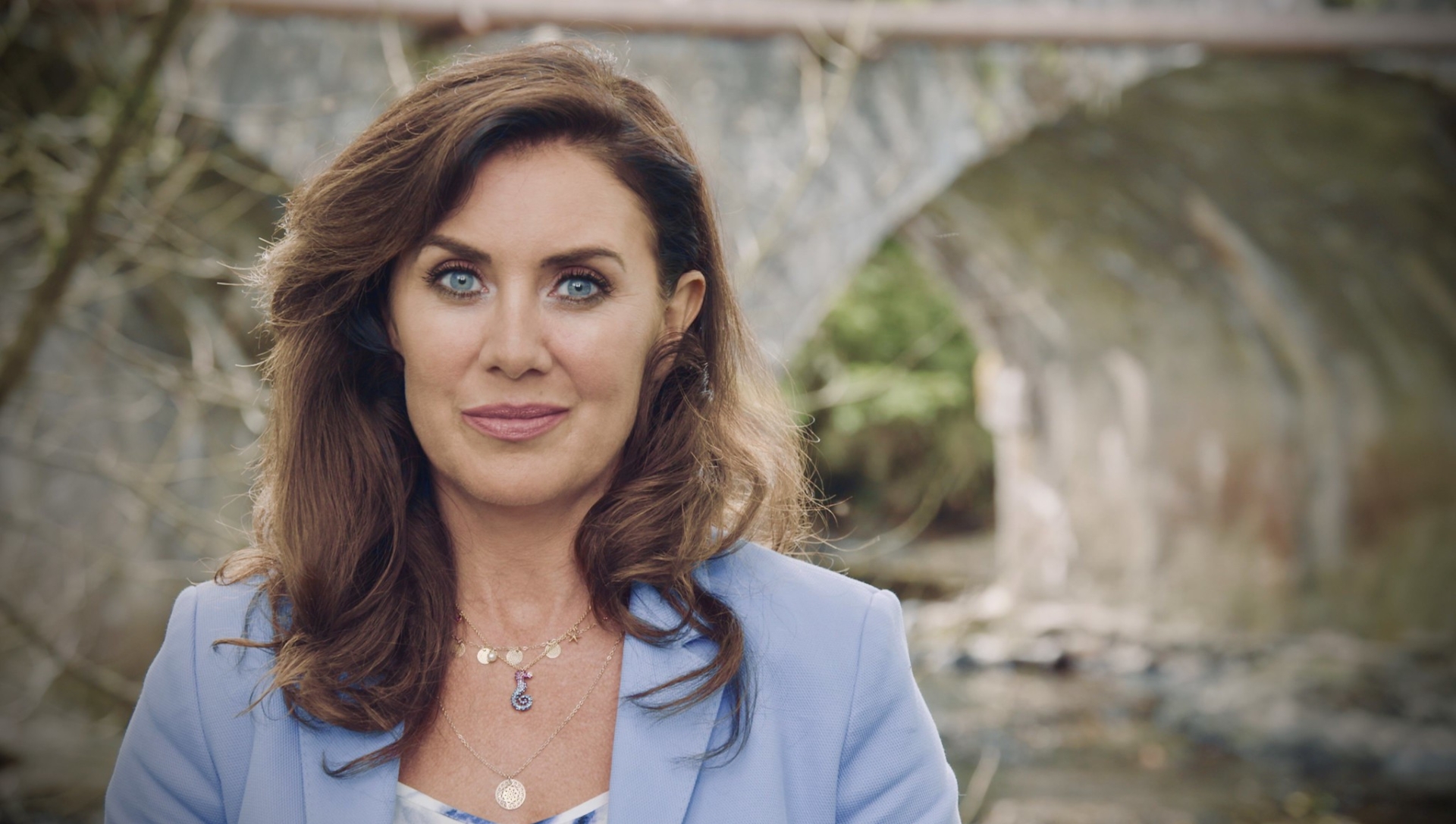
Eibhlín Ní Chonghaile
Are the 17,000 daily Irish speakers who remain in the Gaeltacht, including here in Donegal, enough to save the Gaeltacht?
In the first programme of the TG4 series, "Gaeltacht 2020", journalist Eibhlín Ní Chonghaile gets an insight into employment in the Gaeltacht in 2020. What are the sustainable jobs agus what are the sectors which could be developed? Eibhlín meets with Dr. Ciarán Richardson from Randox Teoranta in Donegal, a company which switched from manufacturing to now providing investment in research and development. The approach Randox has adopted demonstrates that high quality jobs can be created agus maintained in Gaeltacht regions.
Senator Pádraig Ó Céidigh once said: I don't believe the State has an ounce of interest in the Gaeltacht, in the Gaeltacht communities or in Ireland's culture unfortunately, throw them a few pennies and that will keep them happy."
Are the 17,000 daily Irish speakers who remain in the Gaeltacht enough to save the Gaeltacht? What do these communities need in order for them to be released from the chains in which they find themselves?
Eibhlín Ní Chonghaile also examines the current state of the Gaeltacht. Produced by Aniar TV, the series will explore what An Ghaeltacht means in 2020. What are the issues which trouble the communities? Why do Gaeltacht regions remain the most impoverished rural areas in the country? What role does the Gaeltacht hold in saving itself and what are the State measures in relation to the Gaeltacht?
Eibhlín also meets with Emer Ní Mhurchú in Uíbh Ráthach. Emer believes that without people there won't be a language and she is worried about her own region as 81 of the townlands there are now deserted.
The second programme of the series focuses on significant issues which have been at the forefront for many years, a lack of basic health services, planning difficulties for Gaeltacht communities and the need for public services. Eibhlín meets Dáithí de Mórdha and Treasa Ní Mhainnín in Corca Dhuibhne, both have been seeking planning permission on the peninsula for years. She meets with the community in an Rinn, a community which are kick-starting their own housing scheme, the first of its kind in a Gaeltacht region.
The issue of the Gaeltacht boundaries as they stand in 2020 will be discussed. ‘It's time for us now to be realistic about the state of the Gaeltacht, because unless we are, it will be very difficult for us to address the linguistic difficulties within the Gaeltacht regions’ Donncha Ó hÉallaithe told her.
Professor Gearóid Ó Tuathaigh stated: "It's not a language plan that's needed but a plan to save and regenerate and a language community."
What are the answers to all the questions posed? Eibhlín examines what the future holds for the Gaeltacht in 2020 and beyond in this series over two nights beginning on Wednesday the 22nd of April and then again on the 29th of April at 21:30 on TG4.
Subscribe or register today to discover more from DonegalLive.ie
Buy the e-paper of the Donegal Democrat, Donegal People's Press, Donegal Post and Inish Times here for instant access to Donegal's premier news titles.
Keep up with the latest news from Donegal with our daily newsletter featuring the most important stories of the day delivered to your inbox every evening at 5pm.